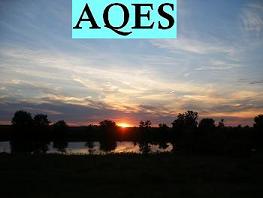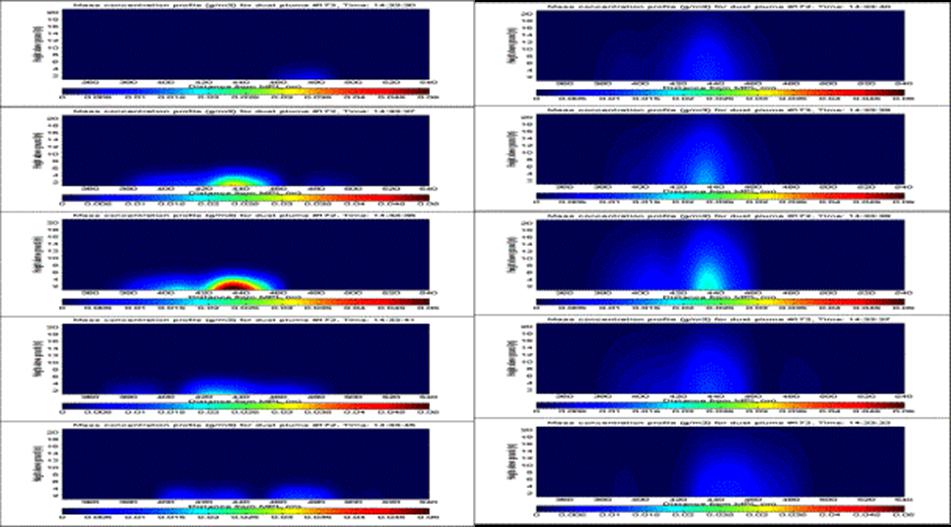
| Home | Group Members | Research Areas | Research Facilities | Research Collaborations | Classes | Publications | News & Awards | Directions to NCEL |
Contact Info:
Mark J. Rood, Ph.D.
Ivan Racheff Professor of Environmental Engineering
Department of Civil and Environmental Engineering
University of Illinois
3230E Newmark Lab, MC-250
205 N. Mathews Ave.
Urbana, IL 61801 USA
Tel. (217) 333-6963
Fax. (217) 333-9464
mrood@illinois.edu
Remote Sensing of Dust Plume from Back-Blast of Artillery Firings
| Two OP-FTIR and OP-UV-VIS hybrid duel spectroscopic systems are deployed concurrently in the downwind side arranged in a vertical plane. The purpose of obtaining this vertical array of data is to determine and account for the vertical gradient in size while calculating the preliminary mass emission fluxes. The MPL system was deployed concurrently with the two-level extinction spectroscopy techniques. The MPL system is combined with a series of in-situ point and OP monitors to measure reliable emission fluxes of special military operations. The lidar system provides backscattering data across a vertical plane downwind from the fugitive emission source. Extinction data from hard targets were collected in front of and behind of the plumes. This information extends the range of the measurement and completes the extinction profile across the plume. As the system measures the extinction of light in the target plumes, extinction by dust is mapped. As the MPL data generates the extinction profile across the plume, real-time vertical gradients in the particle's size and mass will be determined by the OP duel-spectroscopic systems. These measurements along with a presumed specific gravity for desert dust provides a plane integrated mass concentrations of dust in the downwind vertical plane. This, along with wind field measurements, will allow determination of preliminary mass emission fluxes for the selected PM sources, which are essentially emission factors for the recorded activity and soil type. As part of the research programs, a detailed analysis of the essential instrumentation for emission factor generation will be performed. A subset of data collection array will be reported as the most suitable data collection approach for fugitive dust emission factors measurements. The in-situ point and the other OP monitors will acquire data concurrently. The correlated information from both measurement methods may be used to generate the spatial distribution of mass concentrations in the vertical plane. Integrating the mass concentration values provides the first part of the emission flux measurement; the plane integrated mass concentration. The second part is the wind field in the vicinity to the vertical plane. The combination of dust mass concentrations, cross-sectional area of the plume, and wind speed will provide the mass emission rate of the dust from the military source. |
Sample plume image 1: A dust plume generated by artillery back-blast right after a firing
Sample plume iumage 2: A downwind dust plume after 5 seconds

(A) (B)
Evolution of plume mass concentration profile for PM10 (A) and PM2.5 (B) during a firing event (Projectile model: M549A1)
